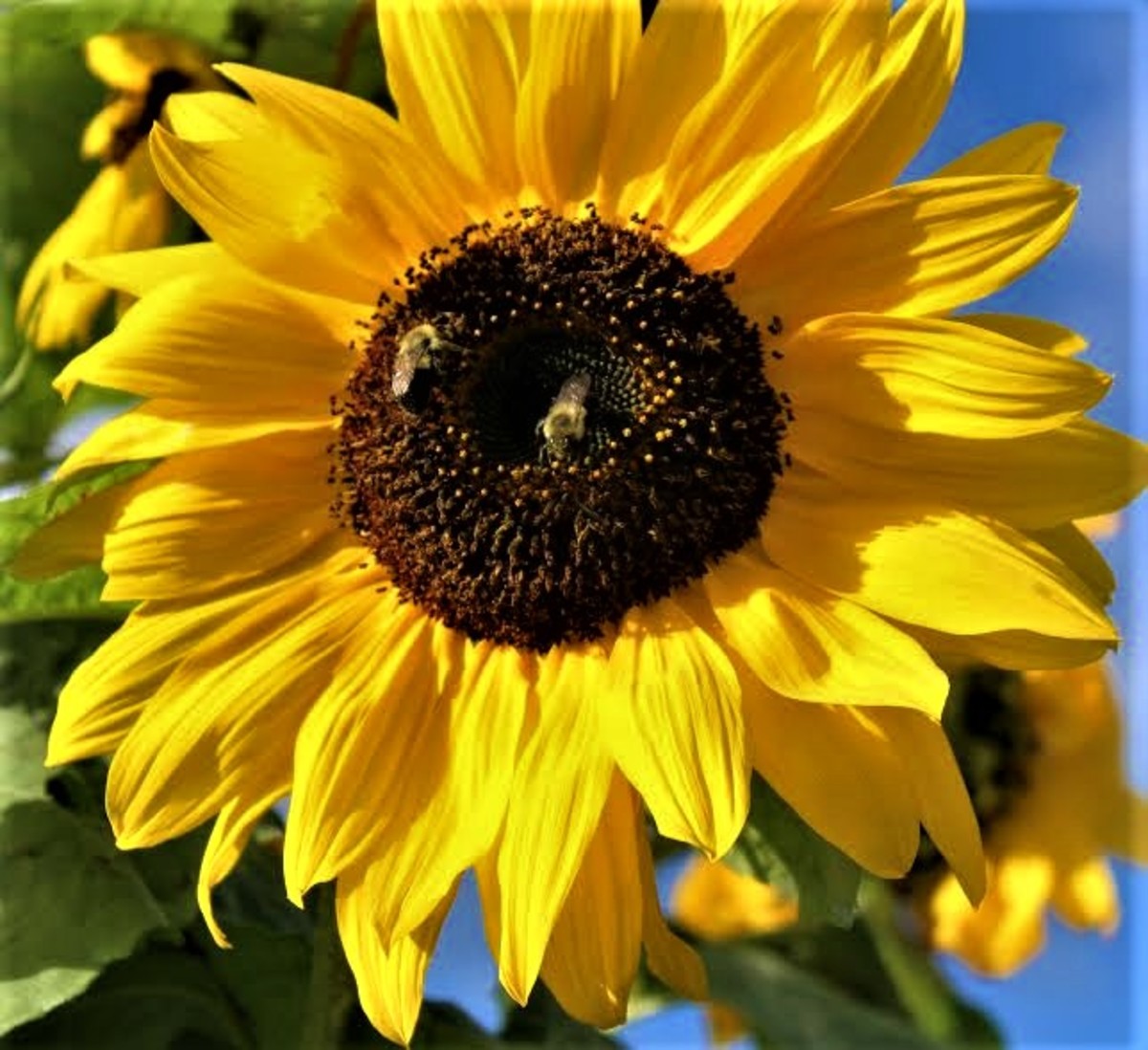If you want to understand an animal’s behaviour, the most effective way is to observe that animal in its natural habitat, its ecosystem. For example, watching what an animal or bird eats will give you important information about that animal.
The food chain, or what eats what is the living part of an ecosystem. A food chain shows how each living thing gets its food. Some animals eat plants and some animals eat other animals.
Al of this is possible because of the relationship between the Sun and the Earth. The Sun reaches the Earth and provides the energy that ecosystems need to produce the green leafy plants that form the basis of our food system. This process is called photosynthesis.
Photosynthesis converts light energy into chemical energy; the leaves of green plants receive energy from the sun and transform this into food that animals and humans, for example, can consume.
In photosynthesis, the energy absorbed by chlorophyll transforms carbon dioxide and water into carbohydrates and oxygen. Chlorophyll channels the energy of sunlight into chemical energy.
All the food that people eat is dependent upon plants for their basic energy source. This is true whether people consume plants, animals or both. The animals that we eat, eat the plants or derivatives of the plants, to produce the food (meat) that we turn into steaks, chops and burgers.
Vegetarians and carnivores may argue over what makes an acceptable meal but both rely on photosynthesis for supper.
Just where do human sit on the food chain? Well, food chains are composed of producers, consumers, which are broken down into herbivores and carnivores, and decomposers. All are essential for the circle to keep on turning.
Humans fit into the consumer category and humans are both herbivores and carnivores and some will say that humans are actually omnivores, because when faced with starvation, we will eat just about anything, including each other.
I often hear people refer to humans as being at the top of the food chain, but consider this; you are out walking along a forest or mountain trail when suddenly just up ahead there is a grizzly bear looking straight at you, who is higher on the food chain at that moment/
You are swimming in the ocean and are suddenly confronted by a shark, who is lunch?
Okay, these are extremes examples and properly trained and armed the human is likely to come out on tops in either encounter.
Let’s look at a smaller example, the mosquito, they feed off of us and other warm-blooded animals, sure we can slap them and spray them and coat ourselves in lotion to keep them at bay but should one get a good drink from us and we may become ill.
Lyme disease is another threat carried by very small beings and to get even smaller still what about the colds and flues that assault humans every year? Where do they sit on the food chain?
By studying food chains and the interconnected relationships between the various members of the chain we are able to gain an understanding of how Nature works.
Everything eats and this is the common ground that connects us all together. Everything plays a role and we do not really know what role anyone element plays until after it vanishes and things begin to change.
What we do know is that creature had someone for lunch and was someone else’s lunch? Who will go uneaten and who will go unfed if that creature is removed from the ecosystem?
What effects will these changes bring? These are questions that need to be answered before we shrug off a species’ disappearance from the Great Food Chain that is Earth.



